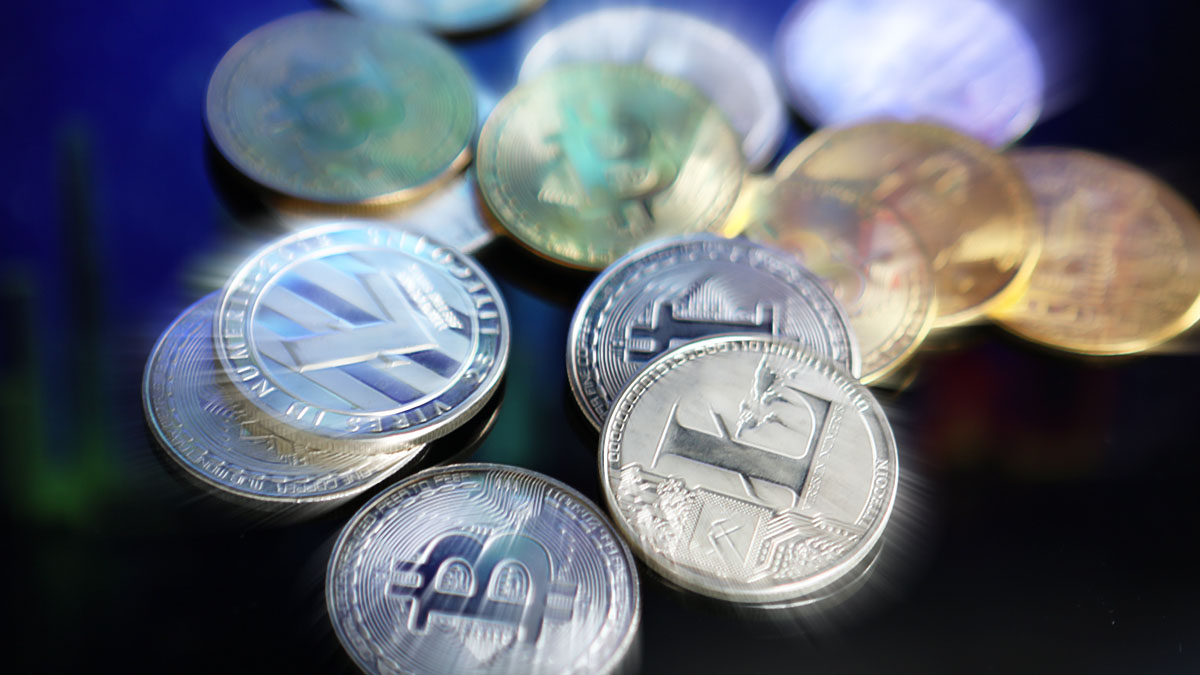A new paradigm is emerging as central banks worldwide contemplate the inclusion of Bitcoin alongside gold in their reserve assets. This potential shift is attributed to a reduced dependency on the US dollar and a growing institutional interest in cryptocurrencies. As financial dynamics transform, central banks perceive Bitcoin and gold as instrumental in maintaining economic stability.
Why Are Central Banks Considering Bitcoin?
A range of factors are prompting central banks to evaluate Bitcoin as part of their reserves. The declining global confidence in the US dollar is a primary reason, with its share in reserves having dropped from 60% in 2000 to an anticipated 41% by 2025. This transition has fueled substantial investments in Bitcoin and gold exchange-traded funds (ETFs). Marion Laboure from Deutsche Bank notes,
This decline has jump-started record inflows into gold and Bitcoin ETFs.
Additionally, amid worldwide economic uncertainties, nations such as Poland and China are augmenting their gold reserves, undeterred by elevated costs.
What Is the Status of Bitcoin ETFs?
Bitcoin ETFs in the United States are experiencing rapid growth, drawing significant investment since early 2024. These funds now account for 6.45% of the Bitcoin supply globally, with a valuation surpassing US$165 billion. This growth illustrates their emerging role as bridges between digital and traditional asset classes, akin to the impact of gold ETFs two decades ago.
Although the new preference for Bitcoin over stablecoins may surprise some observers, given ongoing debates about digital currencies’ future, the acceptance of Bitcoin is notably advancing. Laboure acknowledges this trend, stating,
The behavior we saw toward gold in the 20th century has clear parallels with how policymakers are now debating Bitcoin.
Despite Bitcoin and gold’s robust standing as alternatives, they are unlikely to completely supplant the US dollar. Instead, these assets are seen as complementary, diversifying central banks’ holdings in light of changing economic landscapes.
Recent statistics underscore Bitcoin’s increasing significance, as ETFs holding substantial Bitcoin reserves highlight its market ascent. Discussions about Bitcoin’s place in central bank reserves signify an evolving strategic vision within economic policy planning.
Adapting to the future financial landscape necessitates understanding the strengths and constraints of both digital and traditional assets. Central banks globally are weighing the advantages and roles of Bitcoin, gold, and the dollar. As governmental and institutional strategies evolve, scrutinizing these elements becomes crucial. Consequently, Bitcoin and gold are evolving into essential components, providing a diversified framework vital for securing financial stability.
Disclaimer: The information contained in this article does not constitute investment advice. Investors should be aware that cryptocurrencies carry high volatility and therefore risk, and should conduct their own research.
















 English (US)
English (US)